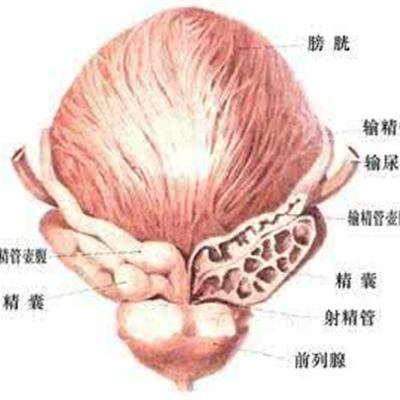How long does infection lung fluke have a symptom?
summary
Paragonimiasis is an acute or chronic endemic parasitic disease caused by Paragonimus. Paragonimus westermani and Paragonimus skrjabini are two main species of Paragonimus in China. The main manifestations of the parasite are cough and brown red sputum. It can also be parasitized in a variety of tissues and organs, such as brain, spinal cord, gastrointestinal tract, abdominal cavity and subcutaneous tissue. How long does infection lung fluke have a symptom? Let's talk about it.
How long does infection lung fluke have a symptom?
1. The lung type is the most common parasitic site of Paragonimus westermani. The most common symptoms are cough, blood sputum and chest pain. The typical sputum was jam like mucus, such as with lung necrosis tissue was rotten peach like blood sputum. 90% of the patients could hemoptysis repeatedly, and the eggs could be found in the sputum. When Paragonimus migrates into the chest, it often causes chest pain, exudative pleural effusion or pleural hypertrophy. Sichuan Paragonimus infection, cough, blood sputum rare, chest pain, pleural effusion more, a few patients may have urticaria or asthma attacks.
2. Abdominal type abdominal pain is more common in the right lower abdomen, with varying degrees. Diarrhea, hepatomegaly, bloody stool or sesame paste like stool can also be found, in which adults or eggs can be found. Abdominal tenderness, occasionally liver, spleen, lymph node enlargement and abdominal nodules, masses or ascites. The abdominal masses were cystic in number and 1-4cm in diameter. Paragonimus sichuanensis often forms eosinophilic abscesses in the liver, leading to hepatomegaly and abnormal liver function.
3. Brain type is usually caused by Paragonimus westermani, which is more common in children and young adults. The incidence of brain type is as high as 2% - 5% in epidemic areas. Its manifestations are: intracranial pressure increased symptoms, such as headache, vomiting, consciousness, optic disc edema, more common in early patients. Brain tissue damage symptoms, such as paralysis, aphasia, hemianopia, ataxia and so on, generally appear in the late stage. Irritant symptoms, such as epileptic seizures, visual hallucinations, abnormal limb sensation, are caused by lesions close to the cortex. Inflammatory symptoms, such as chills, fever, headache, meningeal irritation, are more common in the early stage of the disease.
matters needing attention
The key to prevent this disease is not to eat raw or half cooked crabs, Squilla and raw water, so as to prevent infection, not to spit, not to defecate, to avoid the eggs with the rain into the stream to pollute the water source. Once the patient gets sick, he should be treated thoroughly.












